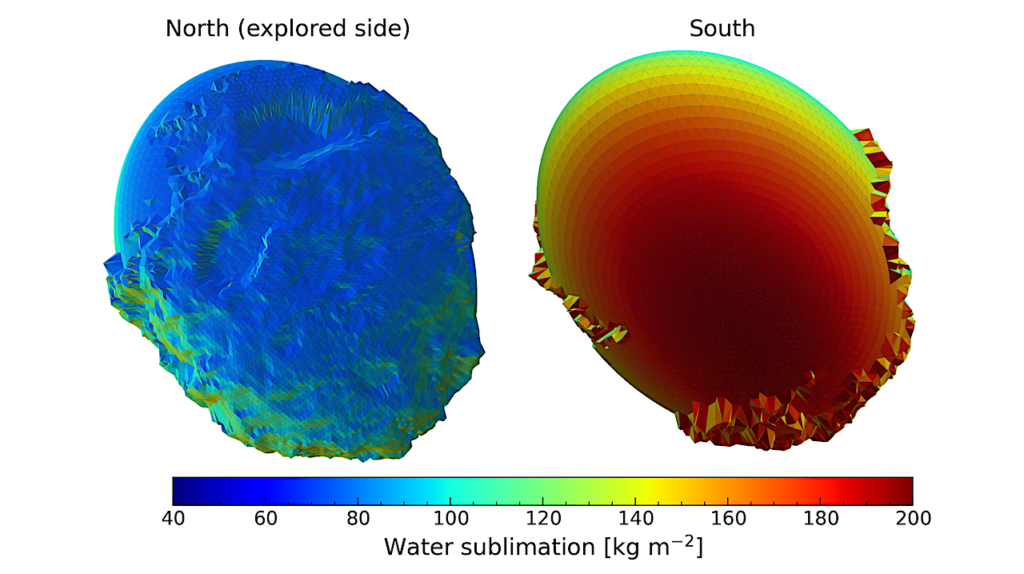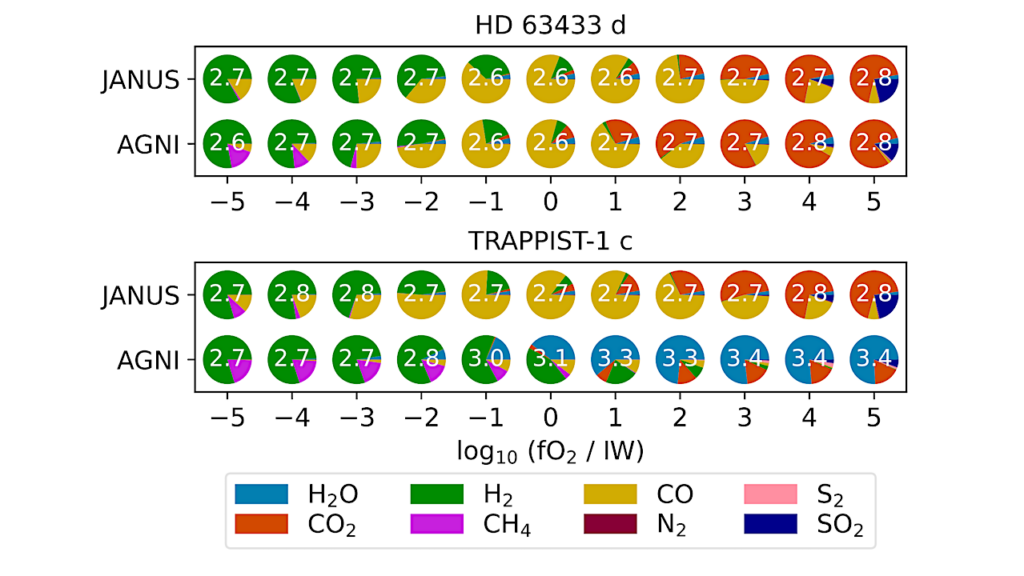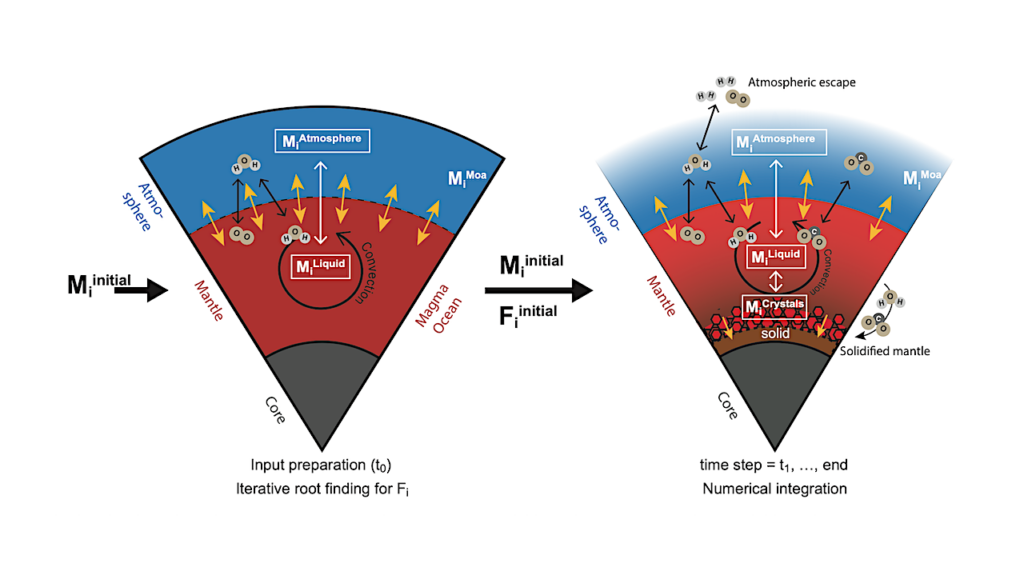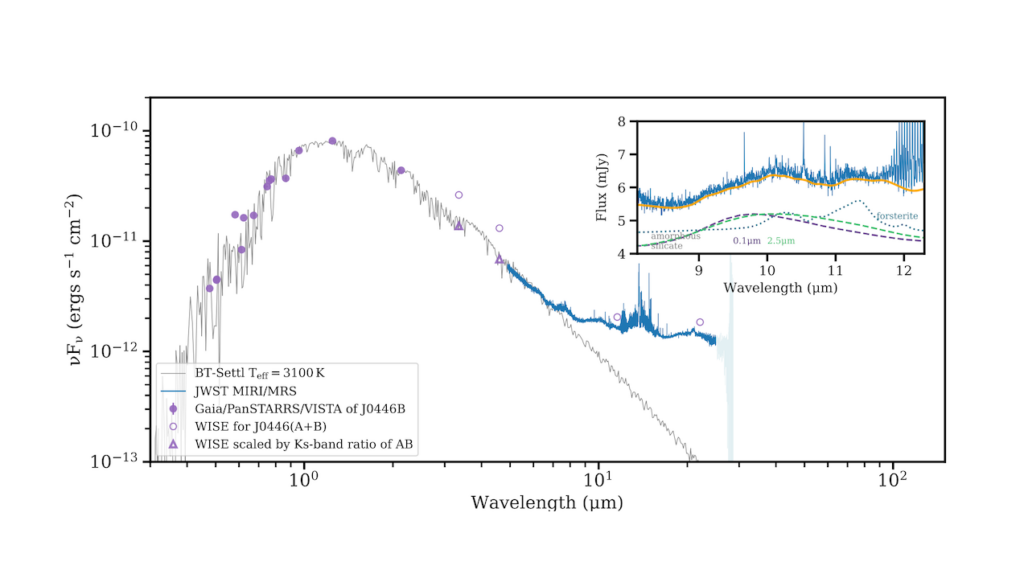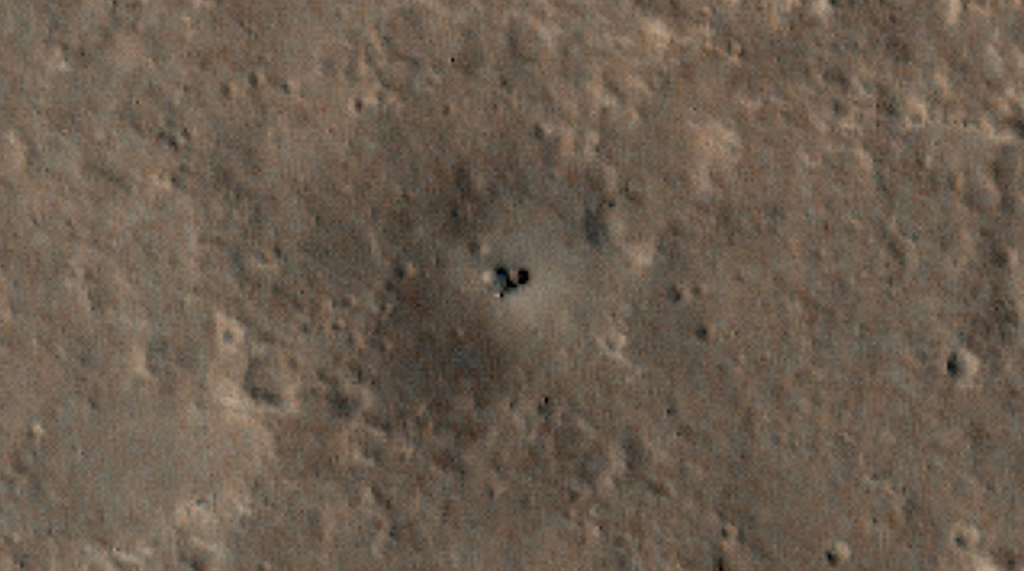Early Planet Formation in Embedded Disks (eDisk) XVI: An Asymmetric Dust Disk Driving a Multi-component Molecular Outflow in the Young Class 0 Protostar GSS30 IRS3
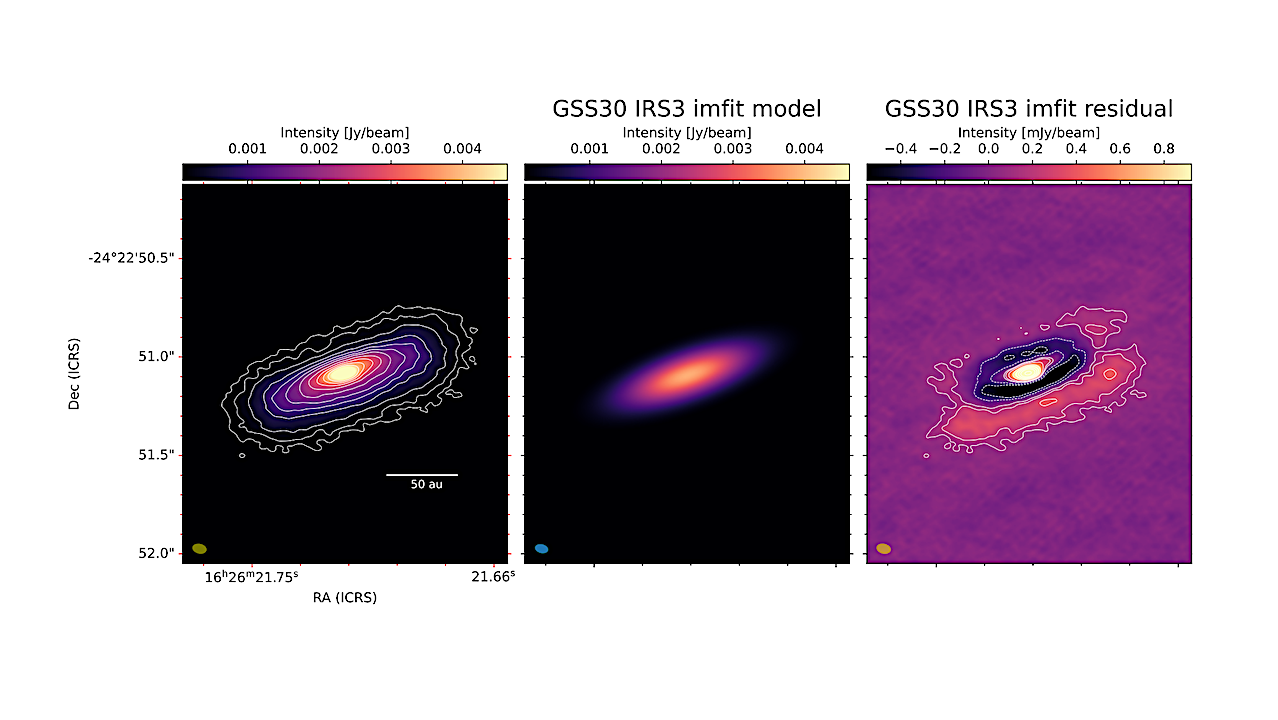
We present the results of the ALMA Large Program Early Planet Formation in Embedded disks observations of the Class 0 protostar GSS30 IRS3. Our observations included 1.3 mm continuum with a resolution of 0.”05 (7.8 au) and several molecular species including 12CO, 13CO, C18O, H2CO and c-C3H2.
The dust continuum analysis unveiled a disk-shaped structure with a major axis size of ∼200 au. We observed an asymmetry in the minor axis of the continuum emission suggesting that the emission is optically thick and the disk is flared. On the other hand, we identified two prominent bumps along the major axis located at distances of 26 and 50 au from the central protostar.
The origin of the bumps remains uncertain and might be due to an embedded substructure within the disk or the result of the temperature distribution instead of surface density due to optically thick continuum emission. The 12CO emission reveals a molecular outflow consisting of three distinct components: a collimated one, an intermediate velocity component exhibiting an hourglass shape, and a wider angle low-velocity component.
We associate these components with the coexistence of a jet and a disk-wind. The C18O emission traces both a Keplerian rotating circumstellar disk and the infall of the rotating envelope. We measured a stellar dynamical mass of 0.35±0.09 M⊙.
Alejandro Santamaria-Miranda, Itziar de Gregorio-Monsalvo, Nagayoshi Ohashi, John J. Tobin, Jinshi Sai, Jes K. Jorgensen, Yusuke Aso, Zhe-Yu Daniel Lin, Christian Flores, Miyu Kido, Patrick M. Koch, Woojin Kwon, Chang Won Lee, Zhi-Yun Li, Leslie W. Looney, Adele L. Plunkett, Shigehisa Takakuwa, Merel L.R van t Hoff, Jonathan P. Williams, Hsi-Wei Yen
Comments: 25 pages, 19 figures. Accepted for publication in A&A
Subjects: Solar and Stellar Astrophysics (astro-ph.SR); Earth and Planetary Astrophysics (astro-ph.EP); Astrophysics of Galaxies (astro-ph.GA)
Cite as: arXiv:2407.20885 [astro-ph.SR] (or arXiv:2407.20885v1 [astro-ph.SR] for this version)
Submission history
From: Alejandro Santamaria-Miranda
[v1] Tue, 30 Jul 2024 15:00:04 UTC (32,412 KB)
https://arxiv.org/abs/2407.20885
Astrobiology, Exoplanet,


